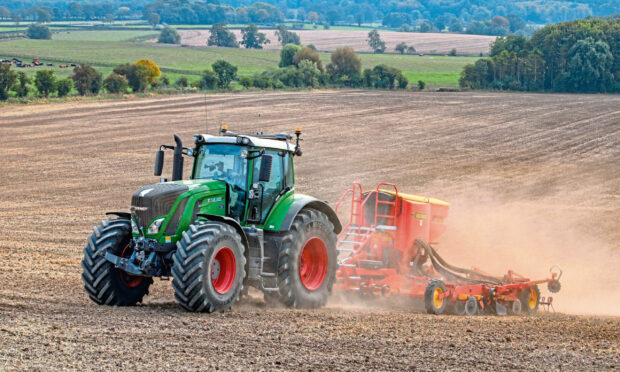The Scottish Government’s Agriculture Bill consultation – widely criticised for its lack of detail – has at last found partial favour with one organisation.
However, while the British Society of Plant Breeders (BSPB) has welcomed the Bill’s focus on plant genetics, it has added its voice to growing calls for the government to change its stance on gene editing.
The Scottish Government continues to voice its opposition to the Genetic Technology (Precision Breeding) Bill going through Westminster. The legislation will exempt plant varieties developed using advanced breeding technologies such as gene editing from current Genetic Modification (GM) rules, and instead regulate them in the same way as conventional varieties.
Land reform minister Mairi McAllan wrote to Scottish secretary Alister Jack and previous environment secretary George Eustice stating that Scotland wouldn’t adopt the new changes.
She said the Scottish government “will not accept any constraint on the exercise of its devolved powers to set standards within devolved policy areas”.
BSPB calling for Scotland to rethink approach
Commenting on the Scottish agriculture consultation, BSPB chief executive Samantha Brooke touched on the Bill’s absence of detail but said the document’s explicit recognition of the importance of crop genetic improvement for more sustainable agriculture, and the commitment to conserving diverse germplasm resources, was “music to our ears”.
“Maintaining access to genetic diversity is absolutely central to the business of crop improvement,” she said.
“The first gene banks were set up by plant breeders in the 1930s to conserve the valuable genetic diversity in past and present varieties, as well as landraces and wild relatives of cultivated crop species.”
Ms Brooke called on Scottish ministers to rethink their approach and let plant scientists, breeders and farmers use more advanced technologies such as gene editing.
“This will be vital to realise the full potential of efforts to conserve genetic resources for future food security,” she said.

Conversation